We know it is crucial for us to see the progress of our students and to check their understanding, but it can easily consume our day (and night!?) if we let it, and can be very disheartening when our feedback is barely skimmed over and rarely acted upon by our students.
Fear not, as I have some helpful tips you can adopt in your marking routine to reduce your workload without compromising the impact of your feedback, and also put ownership back on your students to ensure they are reading and responding to your comments so that they actually improve!
When marking, instead of annotating throughout their work and leaving a summarizing comment, just do one or the other. If you choose to annotate throughout their work, then students can read your notes and write a summarizing statement about the strengths and weaknesses of their piece, perhaps with a target they can set themselves for the next piece of work. If you choose to only write a summary, then using your comments students can read through their work again and make notes on which areas were good and why, or which need improvement. Not only does this dramatically reduce the time you spend marking, but it puts the onus back on the students to really reflect on your feedback and how they can improve.
2) Mark as a class.
If when marking students’ books, you notice that a lot of students are requiring the same feedback, stop marking individually and address the issue as a class. Go over the assignment/question with your students, and then put the ownership back on them: ask your students to mark their own work, or each others’, using your comments to make improvements. Limited work for you, maximum response from students without compromising on impact: win/win!
3) Don’t make it bleed!
Those of you who are Sex and the City fans, might remember the scene where Carrie writes her first article for Vogue. She is excited about receiving feedback from her hard work; however when her draft is handed back to her she is distraught at the red pen scribbled all over it. In her words, she said it looked like her masterpiece was "bleeding":
4) Use codes.
Cut the amount of writing you need to do when marking by assigning codes! For example:
WWW = (What Went Well) for a really great point – students then can write next to your code what they think is really good about that point. Same could go for EBI = (Even Better If) students need to consider what they think needs improving. If they are struggling to analyze their own work, try using peer assessment instead!
My final tip is a real time saver. When students have been given an assignment to complete in your lesson, use this time wisely. When circling the class, do your regular questioning as usual, but ensure you take this opportunity to peek over their writing and make a few notes and hints for them to reflect on and improve in their writing. No books need to be taken home and the feedback is immediate which is always beneficial while students are in the ‘zone’!
I really hope those tips help you manage your marking workload, increase responses from your students and give you a better work/life balance! What tips do you have, please share them in the comments below!








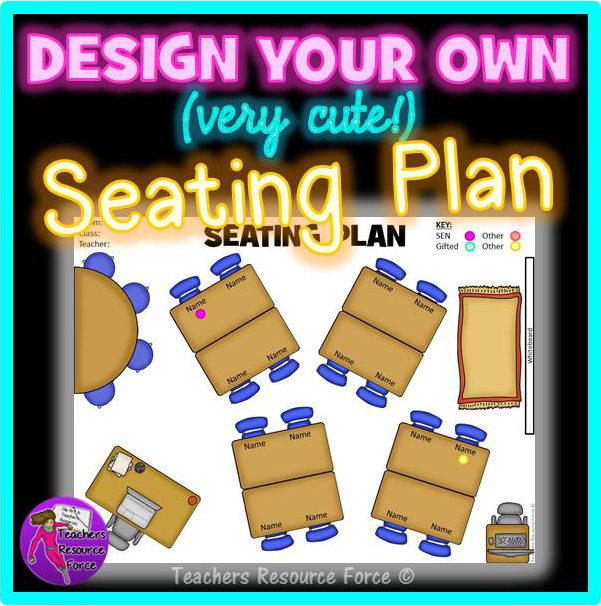

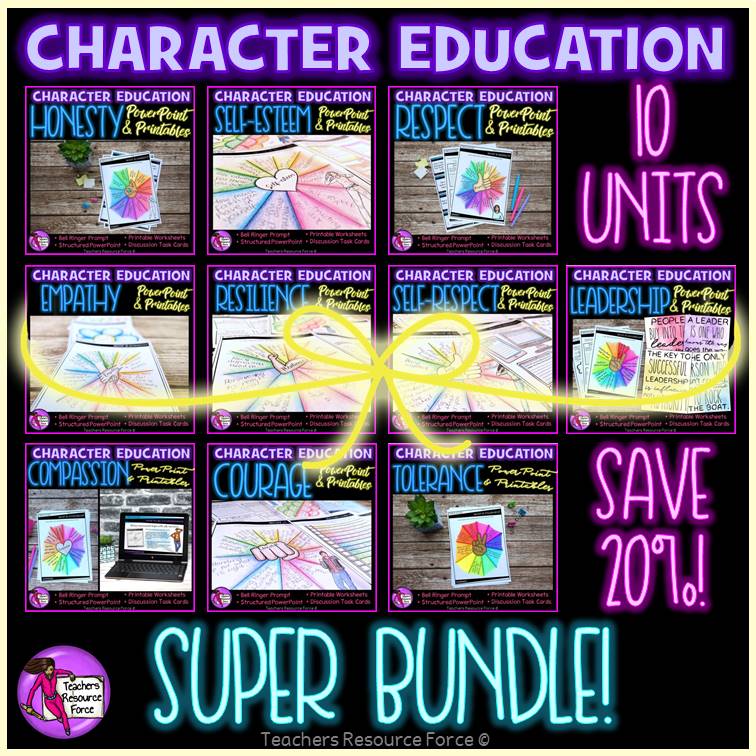
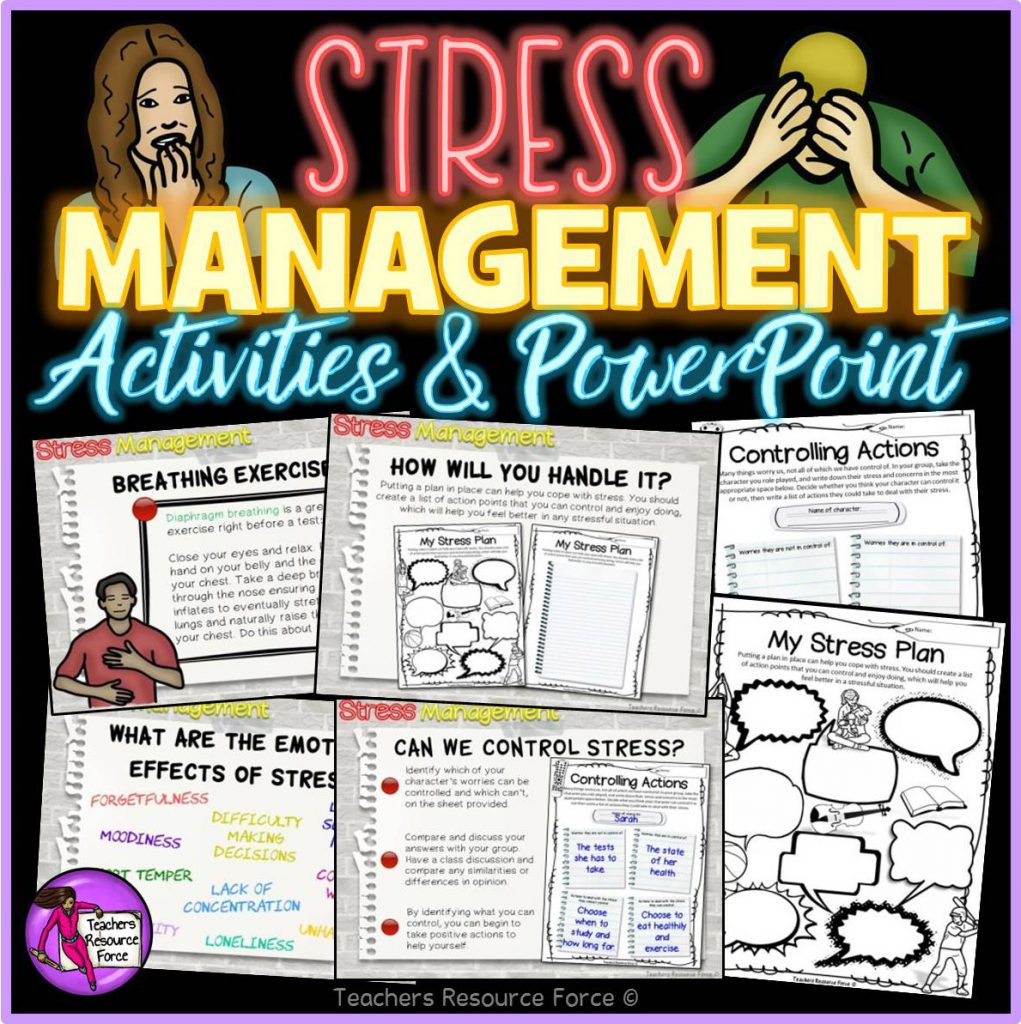
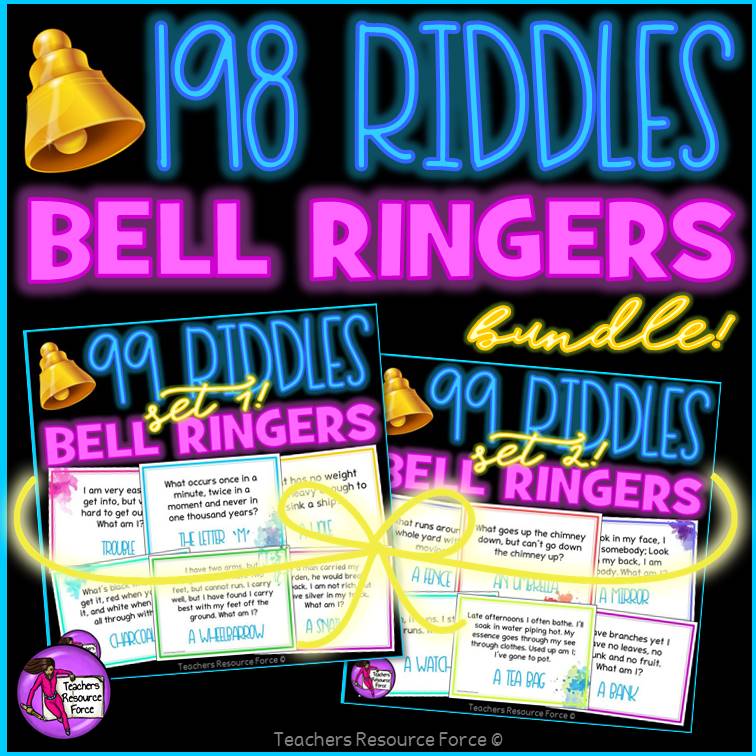
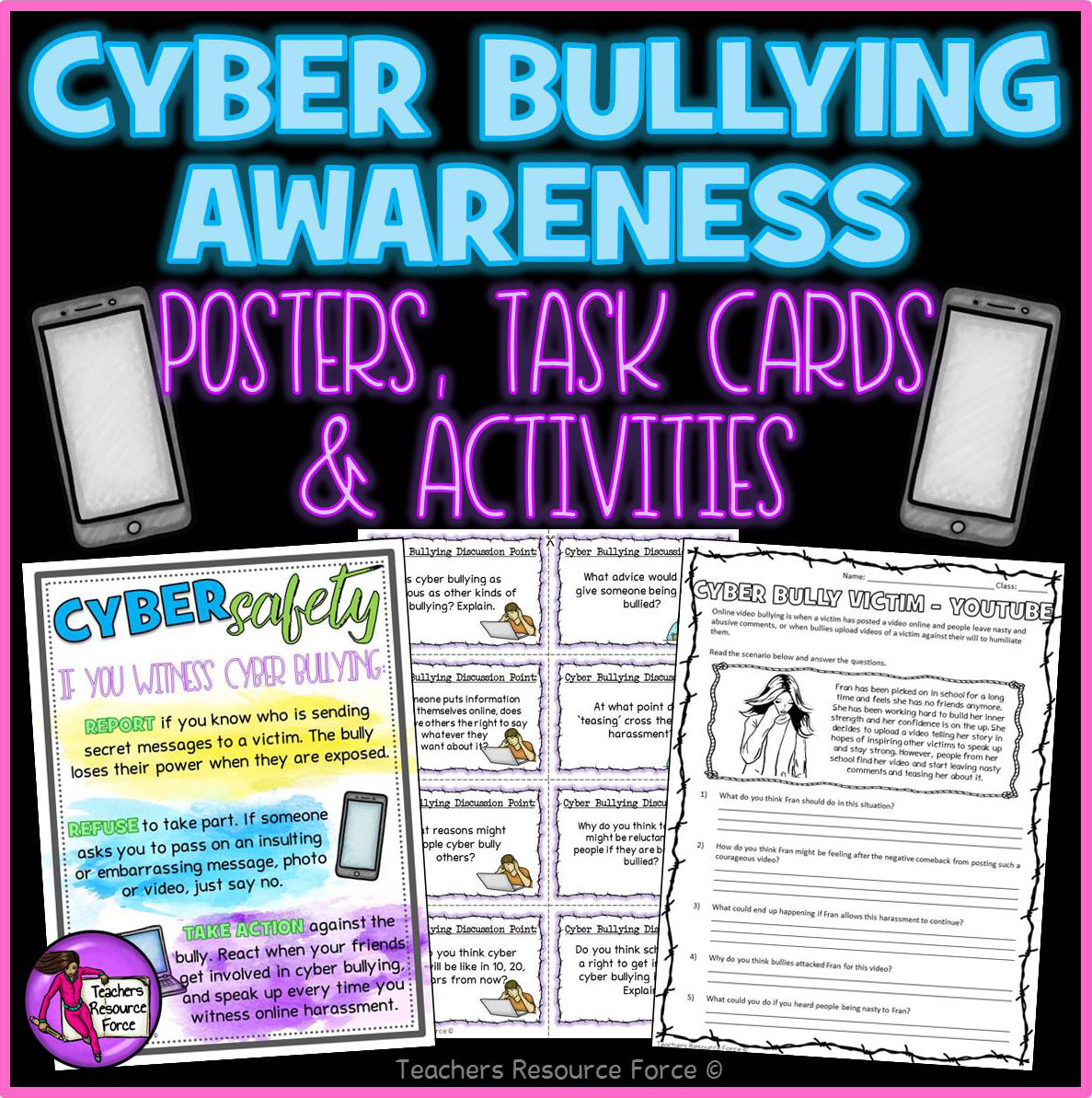








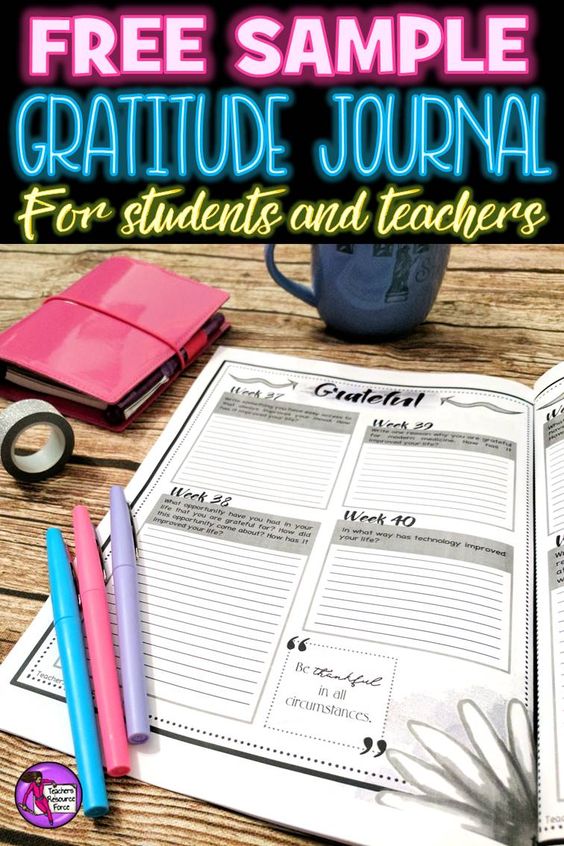


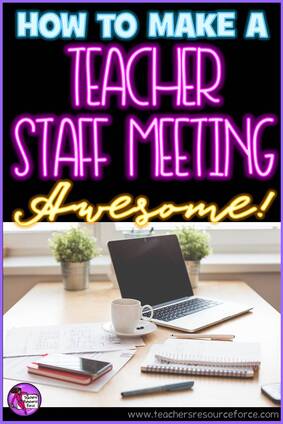

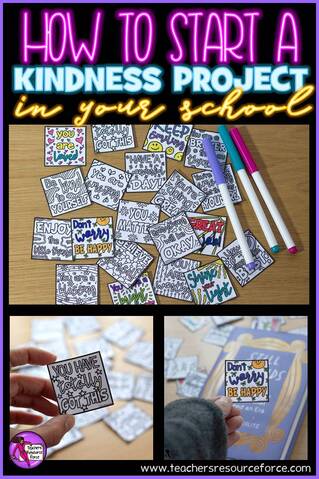

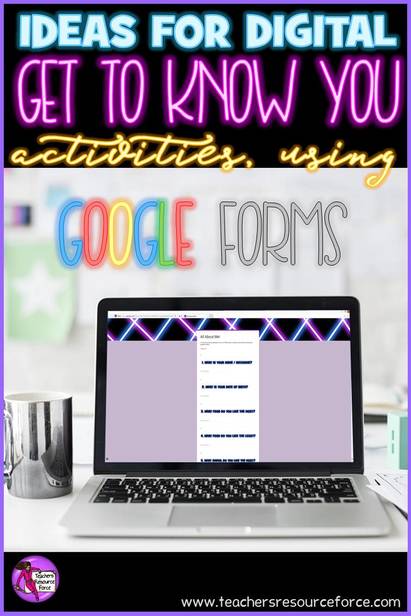
 RSS Feed
RSS Feed



